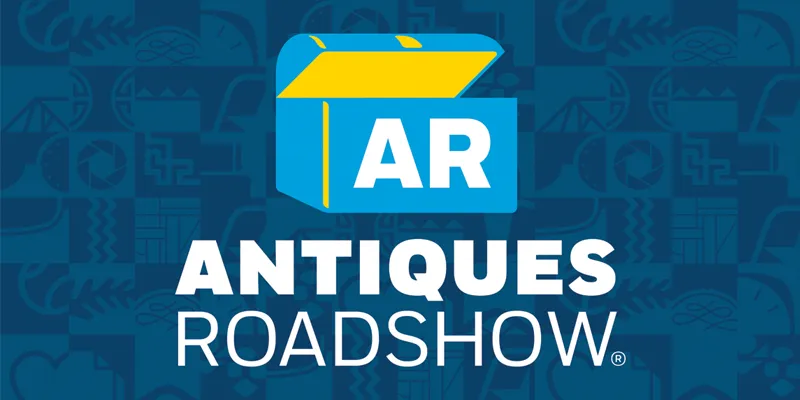GUEST: It came from the Eagle Nest house of the Cogwonton in Sitka, Alaska. It's a nobility robe and was received by a woman at a 40-day party who sold it to a friend of mine, who a couple of years later sold it to me.
APPRAISER: Can you tell us what you paid for it?
GUEST: I paid $500, he paid $1,000.
APPRAISER: It's a nobility robe, maybe called a chief's robe or a robe of power. It's made by the Tahltan Indians. This is a tribe that inhabited the interior of British Columbia. It was traded and exchanged to tribes on the coast. We can see wonderful vintage photographs of potlatch ceremonies where many chiefs are wearing these. An elegant, elegant robe. My sense of dating would be around 1890, 1900, very nice age, a good period amongst these people. The primary cloths are stroud cloths: blue, indigo blue, and red. The color scheme reflects the duality in Native life: life, death; happiness, pain. Red is a color symbol of blood, it's a precious color. The white shell buttons typically reflect a notion of purity. These big square blocks are particularly elegant. One of the things I love about it is the way that the cloth has been pleated-- not just here, which would be positioned in the middle of your back, but also down along the sides. It's something that, with movement, would have a third dimension. It's really a rather sophisticated concept. There's wonderful use of the selvage. This is something that's on the edge of the cloth, the bolt of cloth, when it's traded to the Native, and in this case, they used it as a decorative element. There's a little bit of printed cloth on the back that attaches to these two button holes. These would have been positioned at the shoulder, wrapped around, and then tied. This is for an adult, a large man, probably. It's quite big. Do you have any feeling for current value?
GUEST: A friend of mine who was doing some repatriation work said he would give me $5,000 to get it back.
APPRAISER: I would consider this to be a clan piece.
GUEST: It is?
APPRAISER: Generally speaking, that would be considered to be secular rather than sacred. Repatriation tends to focus on objects that are of a sacred nature, so I don't think this necessarily would fall into the legislation that encourages or assists in repatriation. I think in a retail market, this would be worth perhaps $8,500, perhaps a little bit more. It's in fabulous condition. It's just a terrific object, visually very explosive, dynamic. Thank you so much for bringing it.
GUEST: Thank you for having me.












